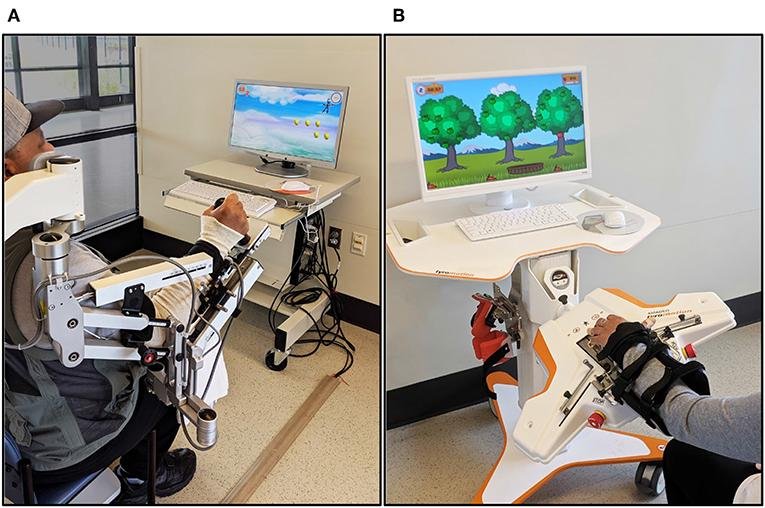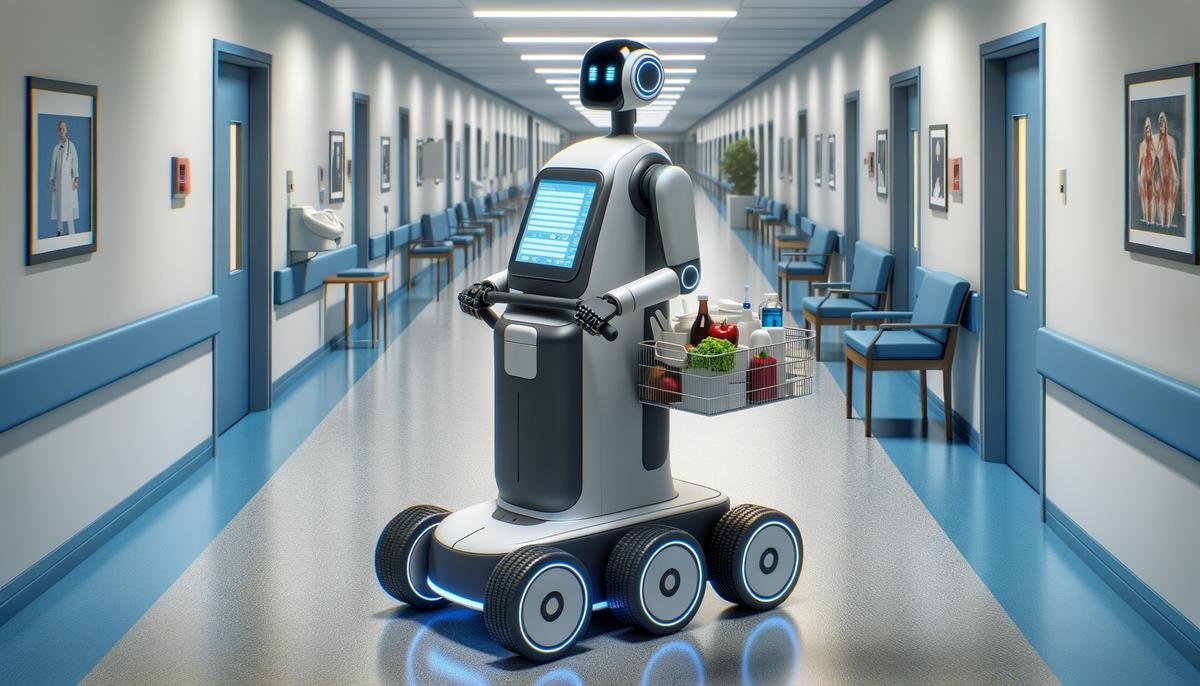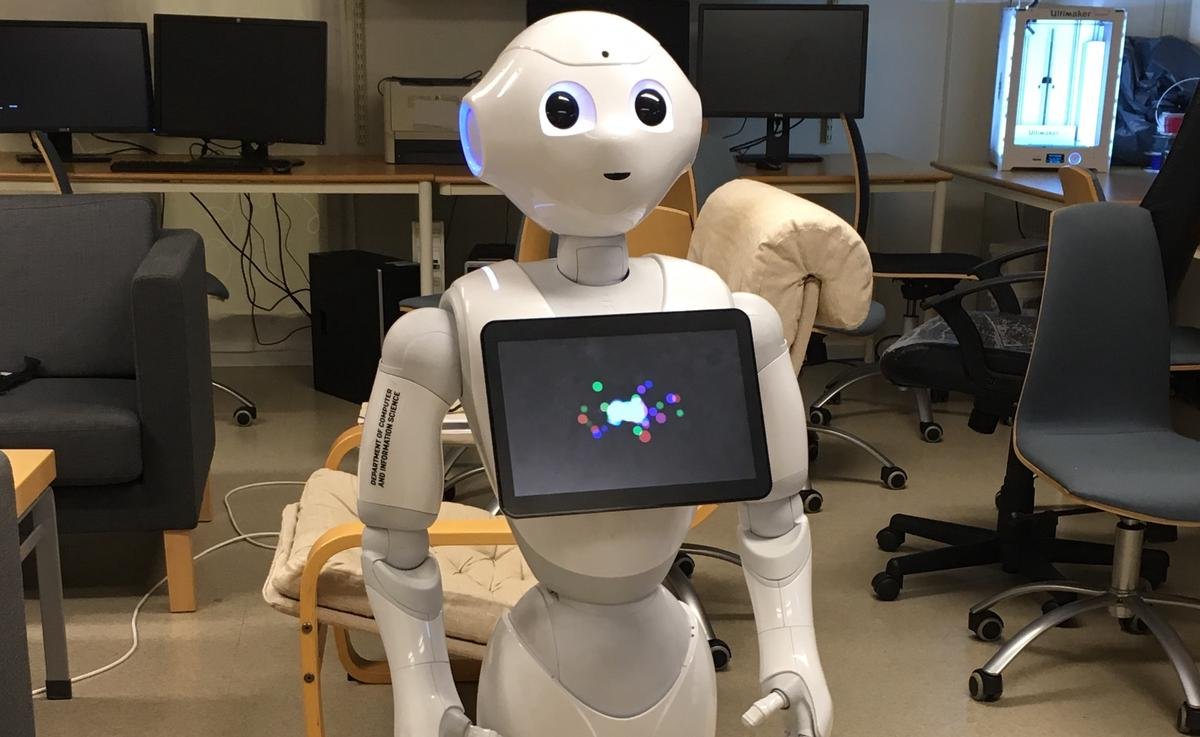Surgical Robots
Surgical robots like the Da Vinci Surgical System have transformed modern healthcare with their precision and control in minimally invasive procedures. The Da Vinci robot helps surgeons through complex operations, providing better accuracy with tiny incisions. Its mechanical arms mimic a surgeon's movements, offering high-definition, 3D views of the surgical area, reducing the room for error and allowing faster recovery for patients.
The Smart Tissue Autonomous Robot, or STAR, showcases autonomy by stitching tissues without human guidance. STAR's algorithms learn from every incision and suture, refining its technique over time. This robot's precision eliminates involuntary hand tremors, a common issue that human surgeons face.
The use of robotics like Da Vinci and STAR minimizes trauma to the body. With smaller cuts and precise movements, patients experience:
- Less pain post-operation
- Shorter hospital stays
- Fewer complications
- Quicker recoveries
Robotic precision translates to better surgical outcomes. Robots provide a stable platform, where even the most delicate surgeries become safer and more effective. The integration of advanced imaging technologies with surgical robots enhances real-time visualization, offering a clearer view of the surgical field and helping in accurate interventions.
Beyond immediate surgical advantages, these robots reduce the need for blood transfusions and lower the risk of infection. Less invasive procedures mean less exposure to pathogens, proving crucial in maintaining overall patient health.

Robotic Rehabilitation Therapy
Robotic rehabilitation therapy combines virtual reality pain management and advanced rehabilitation robots to provide personalized and efficient therapeutic interventions for patients recovering from physical impairments, injuries, or neurological conditions.
Virtual reality (VR) pain management allows patients to immerse themselves in a virtual environment during therapy sessions. By engaging the patient's senses and attention in a compelling virtual setting, the experience effectively distracts from the discomfort associated with painful procedures. This kind of immersive experience reduces the perception of pain and encourages consistent and motivated participation in rehabilitation exercises.
Rehabilitation robots enhance the recovery process by delivering precise and repetitive movements tailored to the patient's needs. Devices like the BURT robot by Barret Technology or the MyoPro by Myomo exemplify how robotics can meld with therapy to boost recovery outcomes. These robots offer a controlled and adaptive environment for conducting therapeutic activities, helping patients:
- Regain strength
- Improve mobility
- Restore motor functions
The personalized nature of rehabilitation robots means therapy can be continually adjusted to match the patient's progress. These robots provide feedback and adjust resistance based on real-time performance data, making therapy more effective and helping track a patient's recovery journey.
Rehabilitation robots can quantify progress in ways human therapists might not, providing exact measurements of strength, range of motion, and endurance. This data-driven approach ensures that treatment plans are based on precise insights rather than subjective evaluations, which can significantly improve recovery outcomes.
The use of virtual reality and advanced robotics in rehabilitation therapy enhances the precision and effectiveness of physical therapy and makes the recovery process more engaging and less painful for patients. By providing targeted support and motivation, robotic rehabilitation therapy stands as a beacon of innovation in modern healthcare, helping individuals regain their independence and improve their quality of life.

Service Robots in Hospitals
Service robots like the temi Robot and Double 3 Telepresence Robot are playing an increasingly vital role in hospitals, performing various tasks and significantly boosting the efficiency and quality of patient care. Their capabilities allow healthcare professionals to focus more on direct patient care, improving workflow and overall hospital efficiency.
The temi Robot is designed for telepresence and interaction. By using voice recognition and AI, it helps connect patients with their doctors or caregivers remotely. Aside from teleconferencing, the temi Robot can maneuver through hospital hallways autonomously, delivering supplies and medications directly to patients, reducing the need for human staff to perform these repetitive tasks.
The Double 3 Telepresence Robot allows healthcare professionals to monitor and communicate with patients remotely via a video interface. Controlled through an app, the Double 3 can move through hospital wards, enabling doctors to conduct virtual rounds and interact with patients from afar. This telepresence solution is particularly beneficial in underserved or geographically isolated areas where specialist visits are infrequent.
Service robots enhance hospital efficiency through automation, helping with transportation tasks such as delivering:
- Lab samples
- Medical supplies
- Meals to patients
By automating these routine duties, service robots free up valuable time for medical staff, allowing them to concentrate on more critical tasks that require human expertise.
These robots are equipped with advanced navigation systems, enabling them to move through complex environments without human intervention. By using sensors and AI, they can avoid obstacles and maneuver through crowded corridors, ensuring that deliveries are prompt and accurate. The consistency and reliability of service robots in performing these tasks help maintain smooth hospital operations and reduce the potential for human error.

Social Robots
Social robots, such as Pepper, are making a notable impact in healthcare settings by engaging patients, providing essential information, and offering emotional support. These humanoid robots are equipped with advanced AI capabilities that allow them to interact warmly and personably with patients, staff, and visitors, making the healthcare environment more inviting and less stressful.
Pepper robots are designed to recognize and respond to human emotions. They use voice recognition, facial expressions, and body language to interact empathetically with patients, making them particularly useful in long-term care environments where emotional support and social interaction are critical.
One of the primary roles of Pepper and similar social robots is to provide information. They can assist patients and visitors by:
- Answering questions
- Offering directions within the hospital
- Providing details on services and schedules
Such functionality reduces the workload for hospital staff and enhances overall efficiency.
Pepper serves as a valuable companion for elderly patients, many of whom may suffer from loneliness and depression, especially in long-term care facilities. The robot's ability to engage in light-hearted banter, remember personal details about the patients it interacts with, and provide entertainment through stories, jokes, or music makes it an ideal tool for boosting morale.
Pepper robots also contribute to cognitive and physical health by participating in therapeutic activities. They can lead patients through simple physical exercises or cognitive games that are both entertaining and beneficial to their health. The robots' ability to track progress and adapt the difficulty of these activities ensures that individual patients are both challenged and supported according to their capabilities.

AI Integration in Medical Robotics
Artificial Intelligence (AI) is increasingly embedded in medical robotics, pushing the boundaries of what these machines can achieve. AI integration significantly enhances image guidance, diagnostics, and autonomous functions, leading to more precise and efficient medical procedures.
In image guidance, AI algorithms analyze and interpret visual data in real time, aiding surgical robots to accurately navigate complex anatomical structures. This combination ensures that every incision is carefully planned and executed, minimizing errors and improving patient outcomes. For instance, AI-enhanced imaging can differentiate between healthy tissues and tumors, enabling surgeons to remove only the affected areas with minimal damage to surrounding tissues1.
Medical robots equipped with AI can process and analyze vast amounts of medical data, identifying patterns that might elude human eyes. For example, AI algorithms can analyze medical images such as MRIs, CT scans, and X-rays to detect abnormalities or early signs of diseases like cancer. These robots can then provide highly accurate diagnostic insights, ensuring early and more effective treatments2.
Autonomous robots can perform routine tasks such as suturing, disinfecting surfaces, or transporting supplies without human intervention. One notable advancement is the development of robots that can autonomously perform specific surgical tasks, such as the Smart Tissue Autonomous Robot (STAR). These robots utilize AI to make decisions in real time, adapting to dynamic surgical environments to enhance precision and efficiency3.
However, the integration of AI in medical robotics is not without challenges. A significant hurdle is the need for high-quality medical data. AI systems require extensive, accurate datasets to learn and improve their performance. The current fragmentation of medical records and inconsistent data quality can impede the effective training of these AI algorithms.
The complexity and opacity of AI systems pose challenges in terms of reliability and transparency. Patients and healthcare providers may find it difficult to trust and understand AI's decision-making processes. Ensuring that these systems are transparent and their decisions are explainable is crucial for wider acceptance.
Another notable challenge is training healthcare workers to effectively operate AI-assisted medical robots. The introduction of these advanced systems necessitates new skill sets that are not typically covered in traditional medical education. Hospitals and healthcare institutions must invest in comprehensive training programs to equip their staff with the knowledge and skills required to work alongside these robots.
As AI and machine learning technologies continue to evolve, we can expect even more sophisticated and autonomous robotic systems. These advancements will likely lead to enhanced surgical precision, improved diagnostic accuracy, and more efficient healthcare delivery. The miniaturization of medical robots and their increased portability will further democratize access to advanced medical care, benefiting a wider range of patients globally.

- Hashimoto DA, Rosman G, Rus D, Meireles OR. Artificial intelligence in surgery: promises and perils. Ann Surg. 2018;268(1):70-76.
- Shen D, Wu G, Suk HI. Deep learning in medical image analysis. Annu Rev Biomed Eng. 2017;19:221-248.
- Shademan A, Decker RS, Opfermann JD, Leonard S, Krieger A, Kim PC. Supervised autonomous robotic soft tissue surgery. Sci Transl Med. 2016;8(337):337ra64.



